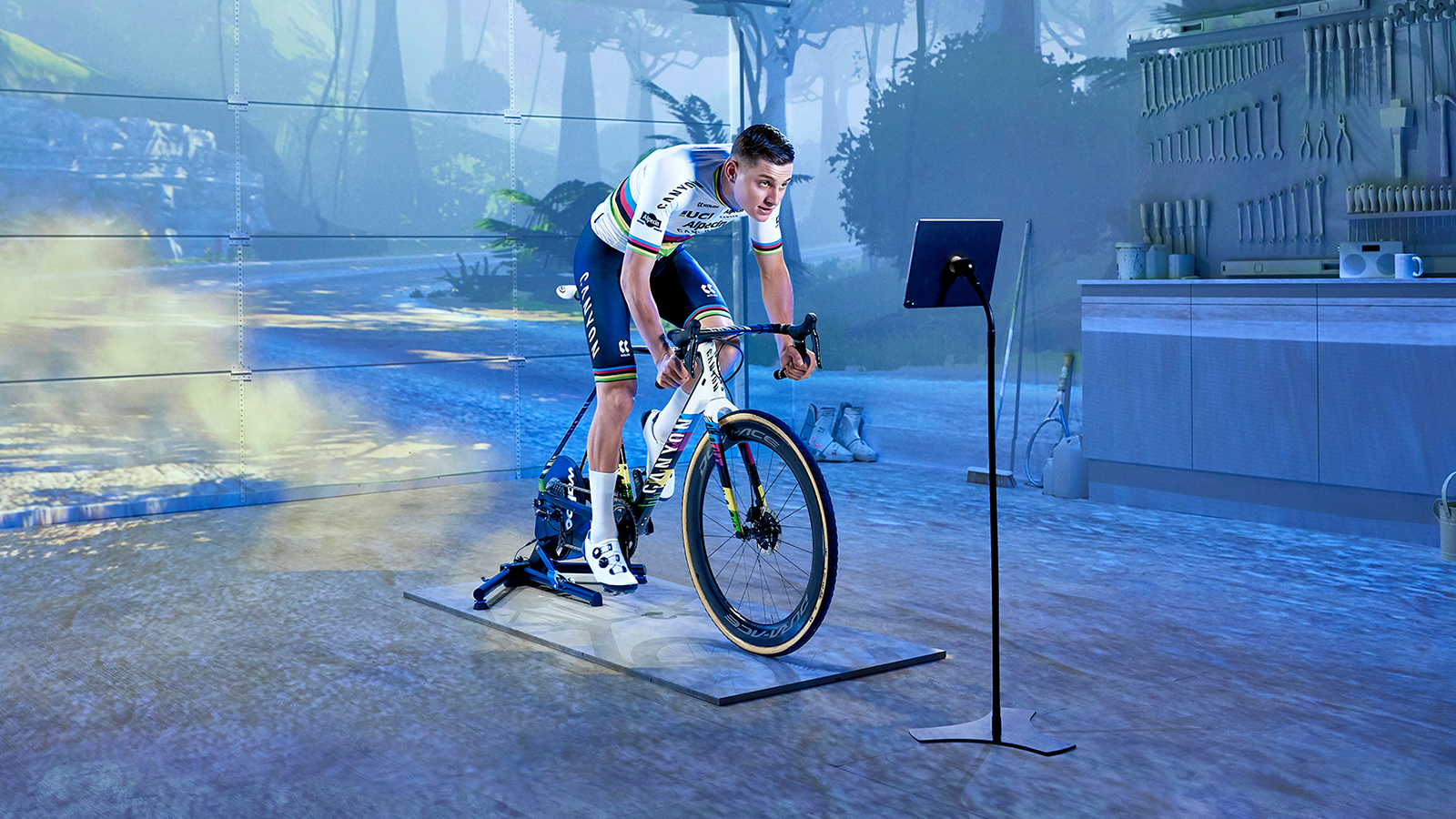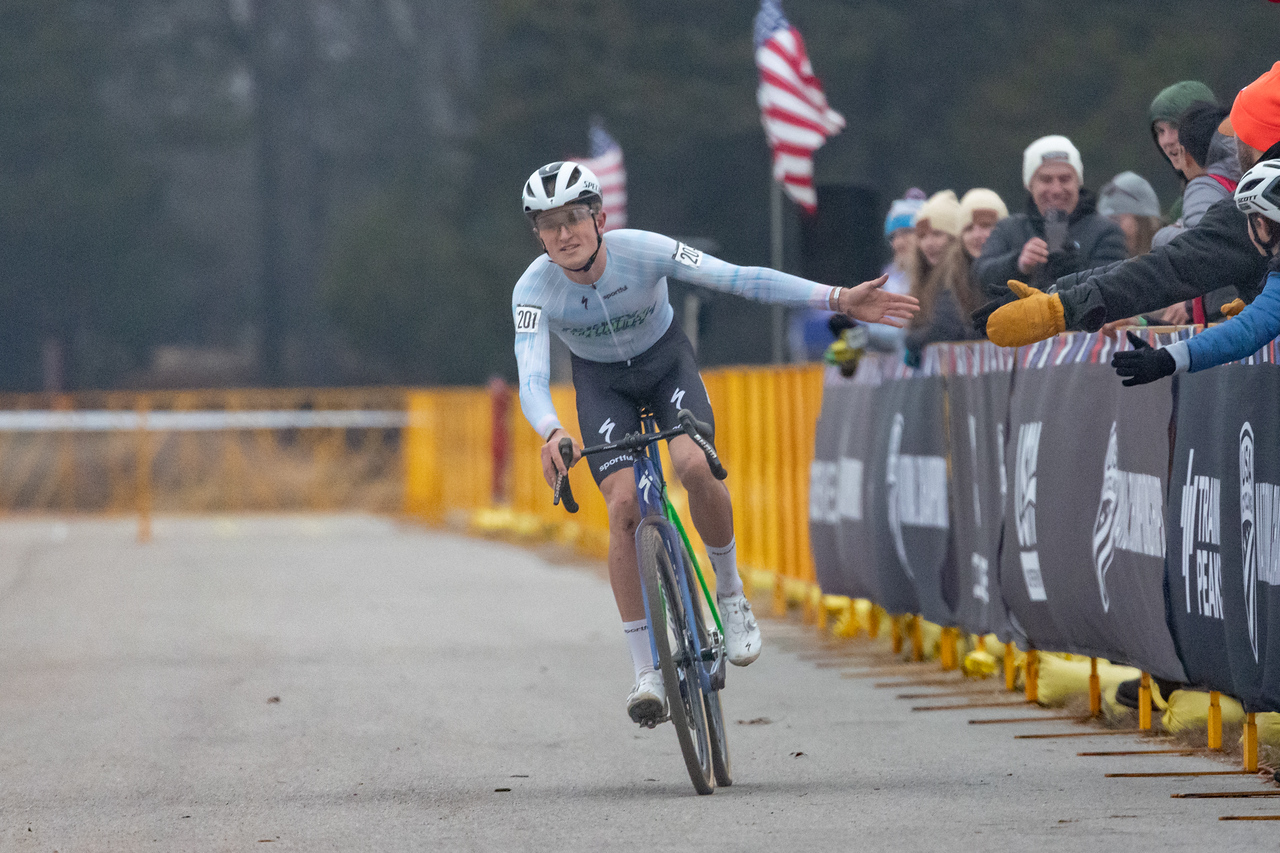Polarised training in cycling: How riding slower can make you race faster
While this sounds counter-intuitive, training slow can allow you to go faster come race day and smash your race goals

One of the few ways to structure a cycling training plan is using the polarised training concept. This involves making sure 80 per cent of your training is done at low intensity (slow) with 20 per cent of your training comprising high-intensity interval sessions. The key to the polarised training model is ensuring that your easy rides remain easy (slow).
One of the most common mistakes the majority of amateur cyclists make is feeling that they need to ride hard on each session in order to make an improvement. They spend large amounts of time training in this heavy intensity domain (the sweet spot) as they are often too afraid to go slow.
While there are benefits to sweet spot training for time-crunched athletes, polarised training is a great way to build a strong and stable base of endurance fitness whilst also working on the higher wattage outputs, but how can these slow training rides make you a better and faster rider?
Increase fat burning
Carbohydrates and fats are the main sources of energy utilised by the body during exercise. Exercise intensity has the biggest impact on which source we derive energy from. Carbohydrate stores are inherently limited to around an hour's worth of exercise, and replenishment can only occur at a rate of around 90 grams per hour. Fat, on the other hand, can be stored in much larger quantities.
While fat burning is highly individual, fat oxidation (usage) is lower at higher intensities for all athletes, independent of their diet and other factors. Therefore, riding at a lower intensity will help you to increase the utilisation of fat as a fuel source. By training this, your body can learn to be better at utilising fat for fuel during lower intensity periods of races, saving the carbohydrates for when they can be more effective.
Keep it easy, even with reduced training time
With the daily demands of work and family life, training can take a hit owing to the lack of time to train. There are still benefits to polarising your training with this limited training availability.
Studies have shown improvements in endurance performance with as little as three to five hours of training per week. The secret to this winning formula is ensuring you remain disciplined and follow the philosophy so that you can maximise the high-intensity sessions and reap the benefits.
The latest race content, interviews, features, reviews and expert buying guides, direct to your inbox!
When its time to go hard, give everything
When a rider remains disciplined and go easy on the easy days, it allows the body to build the fat-burning, oxygen-rich energy systems without taxing the carbohydrate-burning threshold level or anaerobic systems. This then means they are then more able to produce the effort level required to perform quality high-intensity interval sets. Exercising in this VO2 max or Anaerobic (zones 5+) intensity domain results in various physiological adaptations such as increased muscle oxidation capacity and hydrogen ion buffering capacity.
The benefits from these sessions include improved VO2 max, lactate threshold and peak power output (PPO), which are all important variables associated with cycling performance.
Keep the hard riding to a minimum
Spending a small amount of time in these high-power zones can be sufficient to achieve significant performance improvements. These sessions can comprise more VO2 max intervals such as 8 x 4 minutes at 120% of threshold or sprint interval sessions such as 10 x 30-second maximal efforts.
There are a number of variations to these sessions, including Tabata intervals, but the primary aim of these sessions is to repeatedly stress the physiological systems that will be utilised during cycling. These repeated stresses cause super-compensation, and when coupled with slow/easy riding, results in improved performance.
Give indoor training a try
Indoor cycling using applications such as Zwift can greatly assist your adherence to these workouts and ensure that you keep the slow sessions at the pace they are supposed to be. It will help you avoid being coaxed into riding hard up a climb or chasing those town sign sprints on what was supposed to be an easy spin and can help avoid traffic and stop signs during your high-intensity interval sessions. These can be done using a turbo trainer or a smart bike.
Jarred Salzwedel completed his Honours degree in Sports Science at the Nelson Mandela Metropolitan University in 2013. His Master's degree focused on investigating training adaptations to differing high-intensity interval training programmes in cyclists.
He has raced both on the road and track at a National level in the Junior ranks which led to his interest in the science behind training and conditioning, as well as his passion to help athletes optimise their performance.
Jarred owns and manages Cycle Dynamic Coaching - a coaching platform that looks after and advises some of South Africa’s top Road and Track cyclists. He has extensive knowledge in exercise physiology having previously focused on the physiological testing of endurance athletes.

